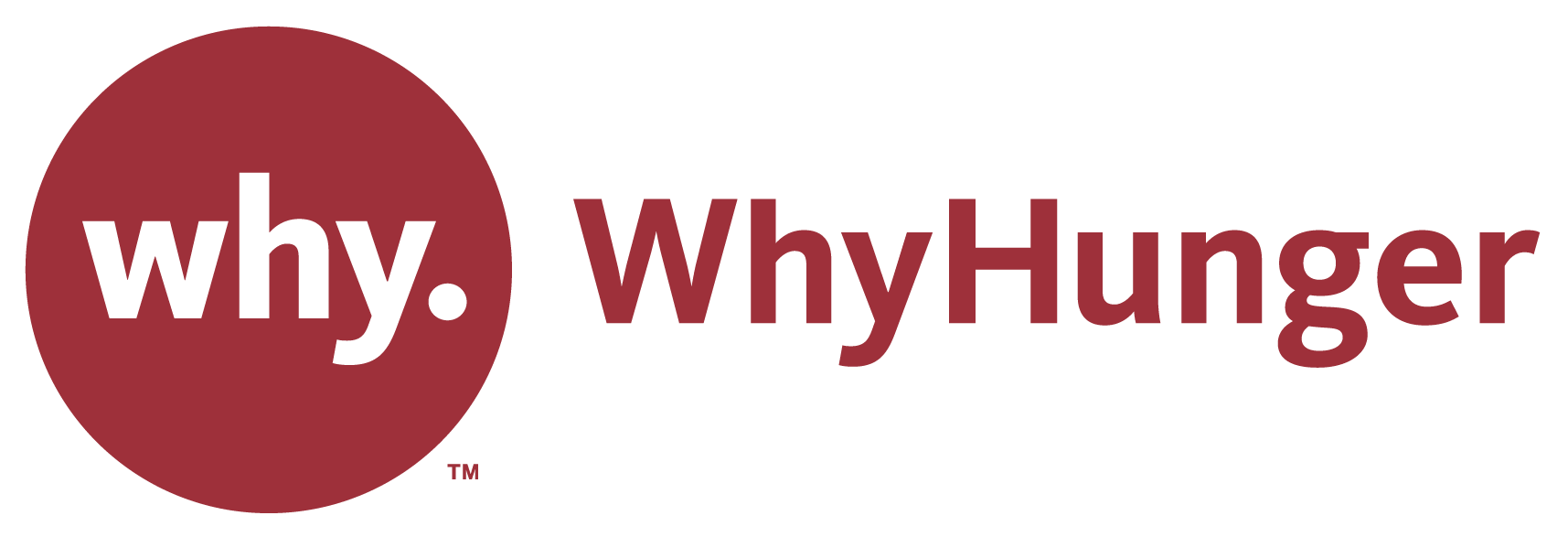Click here to learn Wyoming’s strengths and weaknesses in the fight against hunger and poverty. What is the state doing well? How can it improve?
Here are key questions to present to Wyoming lawmakers and state advocates:
1) There is no state EITC program. Is there any movement in the legislature or among organizations to introduce one?
2) Wyoming does not have a Shared Work Program. Why not? Is there any effort to bring one to the state?
3) Wyoming boasts one of the lowest poverty rates in the country (9.6%) yet 40% of African American residents are living below the poverty line. Will the state be taking initiatives to expand social services and workforce development programs to minority communities?
4) The participation rates in the SNAP program are the lowest in country- just 59% of eligible families enroll in the program. Is there any effort being made to increase participation in SNAP among those who qualify?
5) The WIC monthly benefit in Wyoming is the 2nd lowest in the county at just $34. Is anything being done to increase the monthly rate to help needy families?
6) Wyoming effectively certifies students from low-income backgrounds to receive free or reduced priced lunch. In fact, 93% of eligible students are enrolled in the NSLP. What has the state done to ease the process of helping families in poverty?
7) There is currently no WIC Farmers Market Nutrition Program or Seniors Farmers Market Nutrition Program. Why is this? Is there any effort being made to introduce either program?
8) A large percentage (51%) of the low-income population in Wyoming is living without health insurance. This number is especially high for low-income children as well, one in five children below the FBL does not have coverage. Thiese factors also ma contribute to the high infant mortality rate of .73%. What is being done to extend health insurance to more people and address such issues?
9) Wyoming is among the states with the highest percentage of jobs paying below the FPL. Is there any effort to increase the minimum wage or institute a living wage?
10) Wyoming has a 4% tax on non-prescription drugs. Most states exempt these products from state sales tax. Is there any effort to do so in your state?
11) The lowest 20% of income earners pay 8.3% of their income in taxes. The highest 1% pay 1.5% of their income in taxes. This is the lowest tax rate in the country. Is there any effort to make these amounts more proportionally equal? Is there anything being done to decrease the tax burden on low-income individuals?
12) Wyoming’s tax structure emphasizes low taxes and modest government programs. However, unemployment insurance in the state is significantly higher than the national average. What political factors led legislators to provide so much support to those who have been laid off or looking for work?
13) There is no State Pre-K program in Wyoming. Is there any movement to establish one in your state?
14) Wyoming has one of the highest dropout rates – one in twelve students will not complete high school. Is there not enough economic incentive for students to complete basic schooling?
15) What other statewide policies or programs are you aware of that are helping to fight hunger and poverty, or are there any that are responsible for increasing it?
Please feel free to inform us of any mistakes we may have made in any of these questions. Also we would appreciate any comments on policies or statistics that might have been overlooked.
Click here to see how Wyoming ranks against other states when it comes to fighting hunger and poverty?
/images/uploads/files/2ef59a_5d086a.pdf



